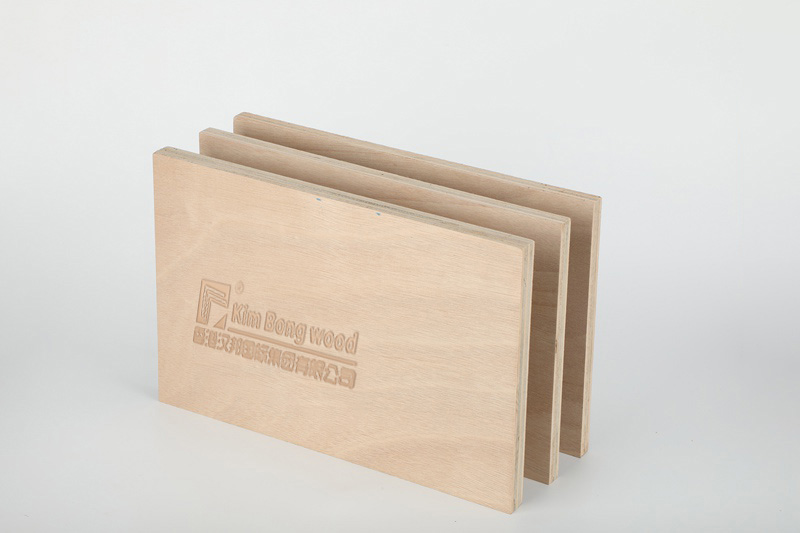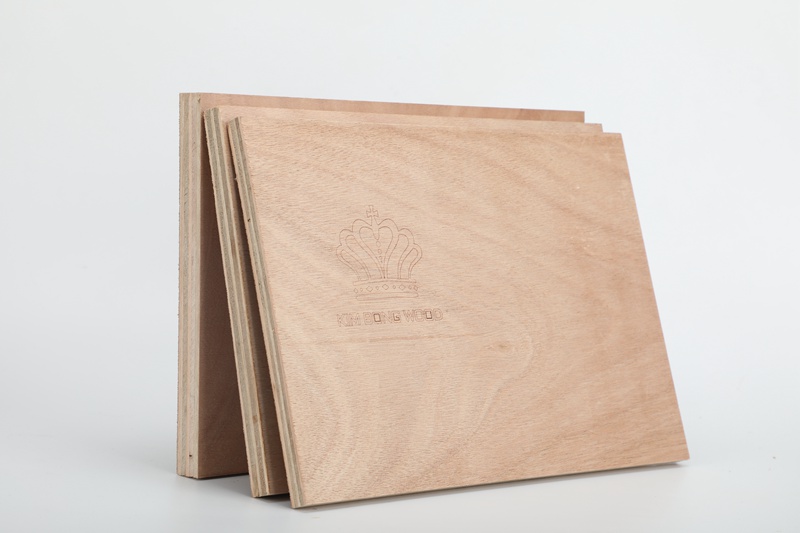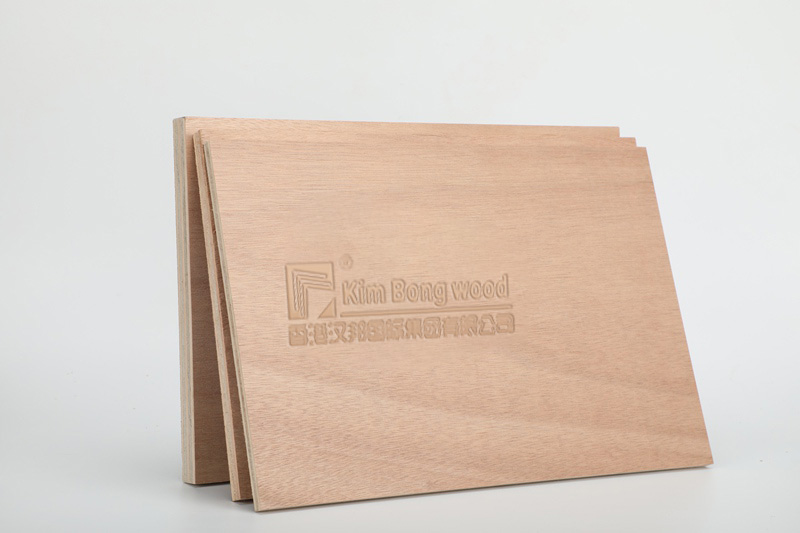Flame Retardant Plywood
Please click the button below to contact us.
Introduction:Flame Retardant Plywood is a kind of plywood that has been processed with special processes and has fire resistance.
Product Description
Flame Retardant plywood is a kind of plywood that has been processed with special processes and has fire resistance. By adding flame retardant or applying fire-resistant coating during the production process, the plywood can significantly reduce the combustion speed when it comes into contact with the fire source, delay the spread of the fire, and buy time for evacuation and fire extinguishing and rescue. This material is widely used in construction, transportation and industrial fields that have strict fire protection requirements.

Flame Retardant Plywood Parameters:
| Item | Parameter |
| Place of Origin | China |
| MOQ | 1000 pc |
| General Specifications | 5mm, 9mm, 12mm, 15mm, 18mm |
| Logo | Accept Customized Logo |
| OEM/ODM | Availalbe |
| Packaging | Regenerated Wooden Base |
| Transportation | By Sea/By land |
| Quality/Safety Certification | GB/T19001-2016/ISO9001:2015, Hi-tech Enterprise, Attestation of Chinese Environment Mark |
Features
Excellent fire resistance
High flame retardant grade: Comply with international fire protection standards (such as ASTM E84, BS 476, etc.), and some products can meet the A-level non-combustible standards.
Delay the fire: When encountering fire, carbonization layer forms on the surface, preventing the flame from entering the inside of the board and reducing the combustion intensity.
Stable physical performance
High strength: retains the original bending and compressive properties of plywood, suitable for load-bearing structures.
Strong durability: resistant to corrosion, moisture, long service life, especially suitable for outdoor or humid environments.
Environmentally friendly and safe
Low smoke and non-toxic: The smoke and toxic gases are released during combustion, reducing secondary damage to the human body.
Comply with environmental protection standards: low formaldehyde emission (such as E0 level), meets the requirements of green building.
Easy to process
Easy to cut and drill: retains the processing characteristics of ordinary plywood to meet complex design needs.
Variety of surface treatments: can be veneered, painted or used directly to suit different decorative styles.
Cost and efficient
Cost controllable: Compared with metal or concrete fire-resistant materials, flame retardant plywood is cheaper and has higher construction efficiency.
Lightweight and easy to install: lightweight, easy to transport and install, reducing labor and time costs.
Application areas
Flame retardant plywood plays a key role in a variety of fields thanks to its comprehensive performance:
Construction Industry
High-rise buildings: used for walls, ceilings, and partitions, to improve the overall fire protection level of the building.
Commercial complex: In shopping centers, hotels, hospitals and other places, fire safety in crowded areas.
Public transportation facilities: Decorative and structural support for subway stations, airport terminals and other areas to reduce the damage to infrastructure by fire.
Industry and warehousing
Chemical plants and warehouses: Replace traditional wood materials to reduce fire risks in flammable and explosive environments.
Data center and power facilities: As the fireproof layer of cabinets and cable trays, protecting key equipment from fire damage.
Transportation field
Ship and high-speed rail: The interior materials are made of flame retardant plywood to improve the fire resistance of transportation tools.
Cold chain logistics: In low-temperature environments such as cold storage and refrigerated trucks, both fire prevention and heat insulation needs are taken into account.
Residential and home decoration
Kitchen and bathroom: Flame-retardant plywood is used for cabinets and bathroom partitions to prevent high temperatures or electrical failures from causing fires.
Duplex and villa: stairwells, lofts and other areas to enhance the overall fire protection capability of the residence.
Cultural and educational venues
Schools and museums: partitions and decorative materials for classrooms and exhibition halls to protect personnel and cultural relics.
Theater and gymnasium: The auditorium and stage background use flame retardant plywood to ensure fire safety for large-scale events.
Special scenes
New energy facilities: Fireproof isolation layer of wind turbine cabins and solar power stations to reduce the damage to equipment by fire.
Military and emergency facilities: temporary barracks, shelters and other places, providing reliable fire protection.
Maintenance Guide
Daily cleaning
Wipe the surface with a soft and damp cloth to avoid using strong acid and alkaline cleaners.
Regularly check the integrity of the coating and repair it in time if there is any damage.
Environmental Control
Keep the indoor humidity between 40% and 60% to avoid long-term exposure to extreme temperatures or humid environments.
Stay away from open flames and high temperature sources to prevent material performance from degrading.
Regular inspections
Check whether the connection area is loose every quarter and strengthen it in time.
Plywood for outdoor use requires annual UV protection coating maintenance.
FAQs
Q1: Is flame retardant plywood environmentally friendly?
A: Yes, modern flame retardant plywood uses environmentally friendly flame retardants, which meet international environmental standards (such as E0 formaldehyde emissions) and will not release harmful substances during combustion.
Q2: Can it be used in outdoor scenes?
A: Specially treated flame retardant plywood can be used outdoors, but the weather-resistant coating version needs to be selected and regularly maintained.
Q3: What are the advantages compared to other fireproof materials?
A: Compared with concrete and metal, flame retardant plywood is lighter, easy to process, and has lower cost, making it suitable for large-scale applications.
Q4: Is a special installation process required?
A: The installation method is similar to ordinary plywood, but it must follow fire protection specifications, such as using fireproof sealant to treat joints.
Q5: How long does it last?
A: Under normal use conditions, the service life of flame retardant plywood can reach more than 20 years, depending on environmental factors.


Flame Retardant Engineering Construction Board Features:
Flame retardant engineering building board is based on conventional building board, by adding flame retardant or using special process to make it have excellent flame retardant properties. This kind of board can effectively prevent the spread of fire and reduce the harm caused by fire when a fire occurs. Its main characteristics include:
Flame retardant performance: Flame retardant engineering building board has excellent flame retardant effect, which can effectively inhibit the spread and diffusion of flames, and win precious escape and rescue time for escapers and firefighters.
High temperature stability: In high temperature environment, flame retardant engineering building board can still maintain a certain strength and stability, and is not easy to deform and damage, thereby ensuring the integrity and safety of the building structure.
Environmental protection performance: Although the addition of flame retardants may have a certain impact on environmental protection performance, modern flame retardant engineering building boards usually use environmentally friendly flame retardants to reduce pollution to the environment.
Processing performance: Flame retardant engineering building board has good processing performance, which can be easily cut, drilled, pasted, etc., to meet various architectural design and construction needs.
Types and Applications
There are many types of flame-retardant engineering building boards, which can be divided into many types according to the base material and flame-retardant treatment method. Common flame-retardant engineering building boards include flame-retardant plywood, flame-retardant density board, flame-retardant particle board, etc. These boards have a wide range of applications in the construction field, such as:
Indoor decoration: Flame-retardant engineering building boards can be used for interior decoration of public places such as hotels, conference centers, libraries, shopping malls, and high-end residential buildings, as well as architectural decoration to improve the fire safety of buildings.
Building structure: In the building structure, flame-retardant engineering building boards can be used for the construction of walls, ceilings, floors and other parts to enhance the fire resistance of the building.
Furniture manufacturing: Flame-retardant engineering building boards can also be used in the manufacture of furniture, such as wardrobes, bookcases, beds, etc., to improve the fire safety of furniture.





